Cork doesn't just mean bottle stoppers, even if that's what it sounds like. Cork is also used as a raw material for flooring, sound insulation or thermal or other objects with various uses. What is cork, though, and why did it become the subject of Wood Magazine?
What is cork
The cork is the bark of a distinctive oak tree native to SE Europe and North Africa, specific to the Mediterranean basin. Quercus suber or cork oak has been known since ancient times, with its bark being used by the ancient Egyptians. Fossil remains of the cork oak have been found dating back to the Paleolithic period.
The tree grows approx. 20 m. The bark is harvested without the tree being cut down and is regrown over time. The bark has a thin fire-resistant coating on the surface. If the forest is destroyed by fire, the bark will protect the trunk of the oak, which will regenerate quickly, unlike other trees that burn completely.
The cork oak is now cultivated in Portugal, Spain, Italy, France, Morocco, Morocco, Algeria, Tunisia and is protected by law. It can only be felled after it has completed its 200-year life cycle and only with special approval. In Portugal, the world's main cork-producing country (50% of the world's cork oak production), if one cork oak is cut down, two others must be planted instead.

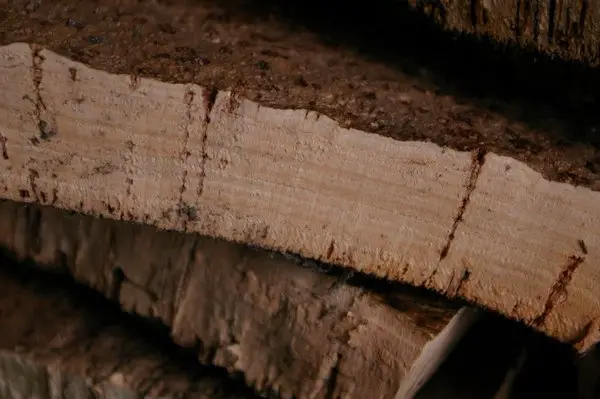
How to harvest
I told you that the bark is harvested without cutting the tree. It can be harvested for the first time when the tree is around 20 years old. The next harvest can be done after a minimum of 9 years, which is the time needed to replenish the bark. After harvesting, the year is written on the tree so that there can be no doubt about how long it has to wait. During its 200-year life, the bark of an oak tree can be harvested about 12 times.
Harvesting is done exclusively by hand and only by trained people so as not to injure the tree. A thin and not very large blade is used to make an incision along the length of the tree. The longer the incision, the better. Very carefully peel off the bark so as not to destroy the thin membrane that protects the tree. Breaking it can kill the tree. The amount of bark harvested at one time increases with the age of the tree. For example, an 80-year-old tree can yield around 200 kg of bark at one harvest.
Cork production is 300,000 t/year, worth €1.5 billion and is made by 30,000 people. Only 15% of the bark volume is used for cork stoppers, but this accounts for 67% of the total value. The main producer of both cork stoppers and other cork products is Portugal.
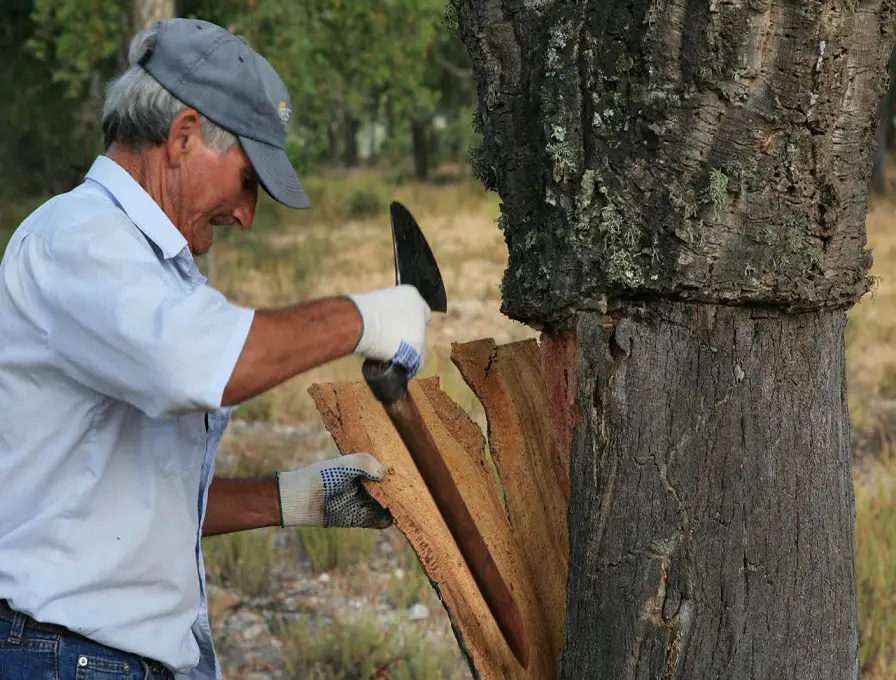
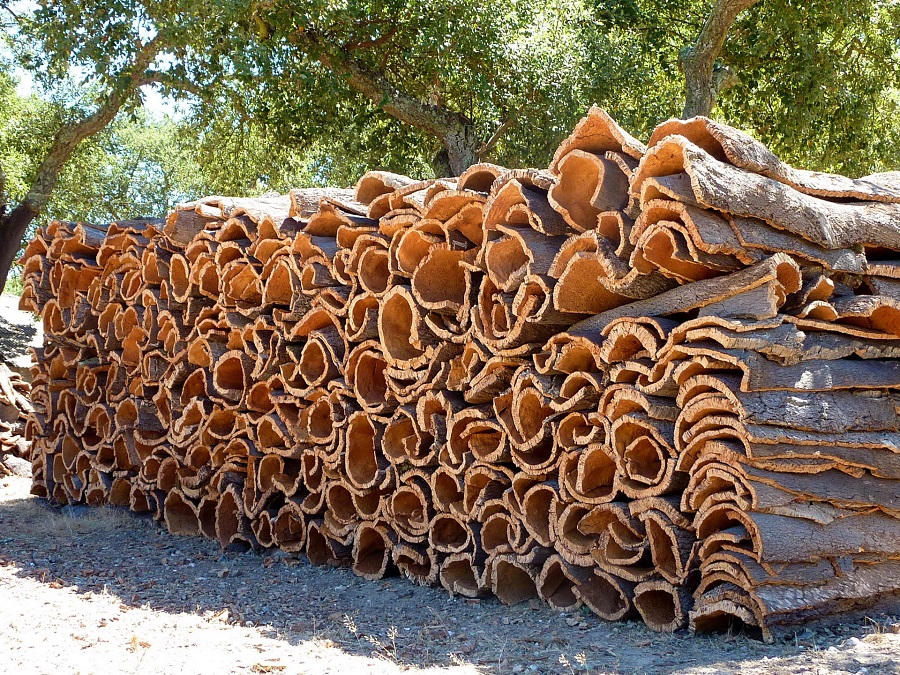
Properties of the raft
Cork is a material with incredible properties. The dead wood cells that are deposited on the outside to form the bark settle into a honeycomb that takes in a lot of air. This makes the bark very light, its weight being 1/4 that of water. It therefore floats very easily and is used to make fishing tackle. In our country, its name derives precisely from this floating property.
Also thanks to the air has the best insulating properties, both sound and thermal, compared to existing insulation products. As sound insulation cork has a very high capacity to absorb sound and vibration. It is used to clad the walls of rooms where it does not have to produce echoes.
It has extraordinary power to return to its original shape. A piece of cork that is subjected to a very high force of 96,000 kPa in 24 hours 90% returns 90% to its original form.
It is rot-resistantthe jib, does not absorb water and dust.
All these properties are due to the growing area, the Mediterranean climate. At one time, an American investor tried to acclimatize cork oak in the USA. He considered the area where the climate is very similar to the Mediterranean to be California and planted the oaks there. The resulting bark was very different from that harvested in Europe and North Africa, becoming woody.
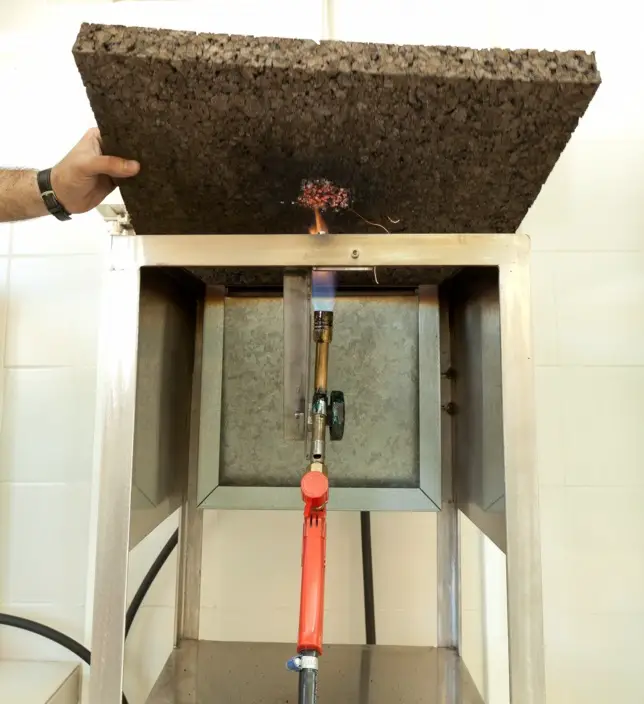
photo source: greenbuildingadvisor.com
How corks and cork stoppers are made
After collection, the bark is palletized and arrives at the factory. Here it is oiled to clean and disinfect it and to soften it. Soft bark is much easier to work with. As not all bark is of the same thickness, the thick bark, from which the natural corks are made, is separated from the thin bark, which is granulated and used to make technical corks.
Natural corks are obtained simply by a process similar to stamping. A machine is used to cut the corks out of the bark, then sorted into categories and packaged. Some people say that if the bottle has no cork, the wine is of poor quality. It turns out that this is not so and that the cork, unlike oak barrelhas less (if any) influence on the quality of the wine.
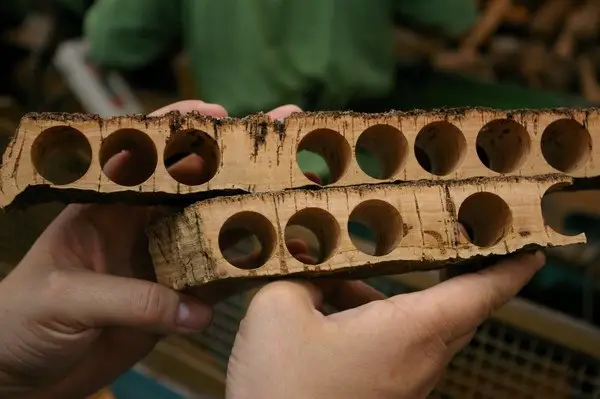
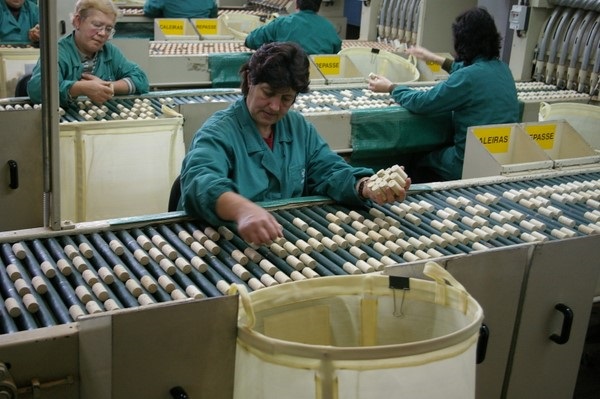
The thin bark is pelletized, mixed with a binder and made into a cork agglomerate which is then sliced. These slices are used to make technical cork stoppers, floor tiles, cork rolls used to make various products (shoes, handbags, decorative items, cladding sheets).
The leftovers from the natural corks - a fairly large quantity, 70-75% - are used to make the thermal insulation boards. The scraps are shredded, put into large metal shapes and treated with superheated steam. The heat activates a naturally occurring binder in the bark - suberin - which binds the granules together and turns them into a block of expanded material.
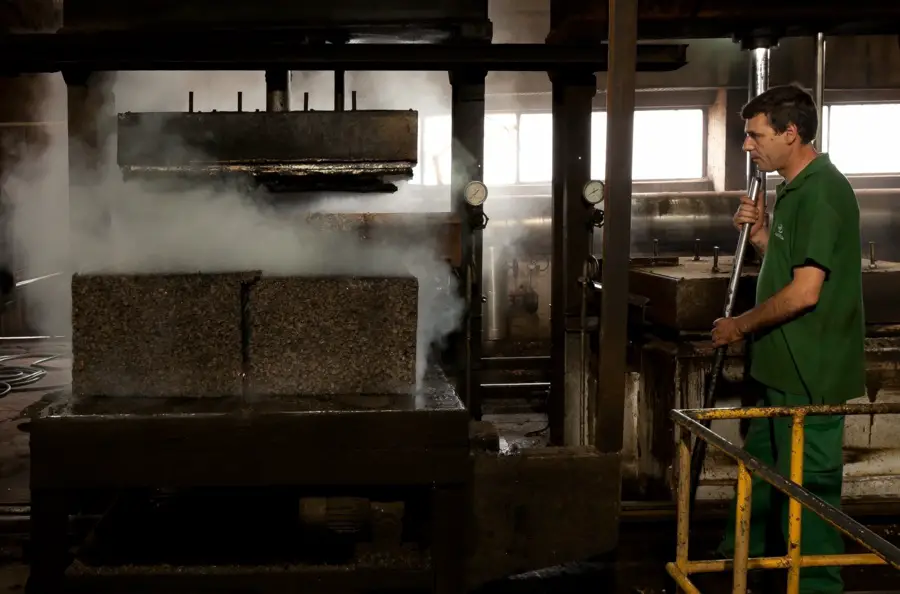
Uses
Making cork stoppers, both natural and engineered, is the main use for which cork is known. Yet it was used as an insulating material long before cork. Houses in southern Italy, France and Spain used to have oak bark on the floor and ceiling. This is how they protected their homes from the scorching heat of summer and the damp cold of winter.
The use as an industrial insulation material, however, has arisen because of a worldwide decline in demand for stoppers. The emergence of plastic, metal and other substitutes has led cork stopper manufacturers to look elsewhere. The world's largest cork stopper producer, Amorim company from Portugal, he decided to use the leftovers from natural cork stoppers to make a natural, healthy and high-performance insulation. He succeeded and has become one of the world's largest producers of natural insulation material, which he now exports all over the world.
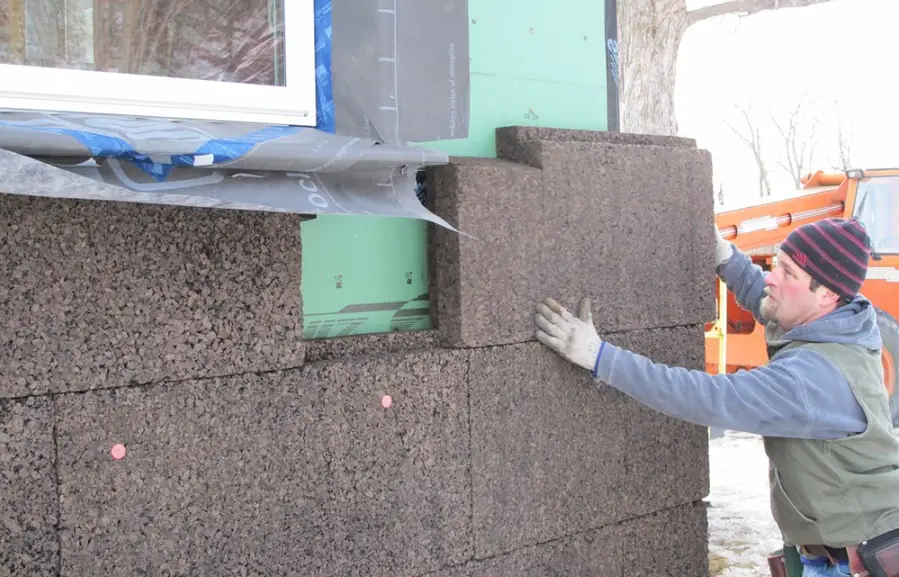
Cork is used to make flooring, soundproofing, and many practical or decorative objects (sheeting, covers, beads, bags, holders). There are many cork objects that have caught my eye, but the Stefan Janoski cork sneakers, on which Nike chose to put its logo in 2015, are extraordinary to me.
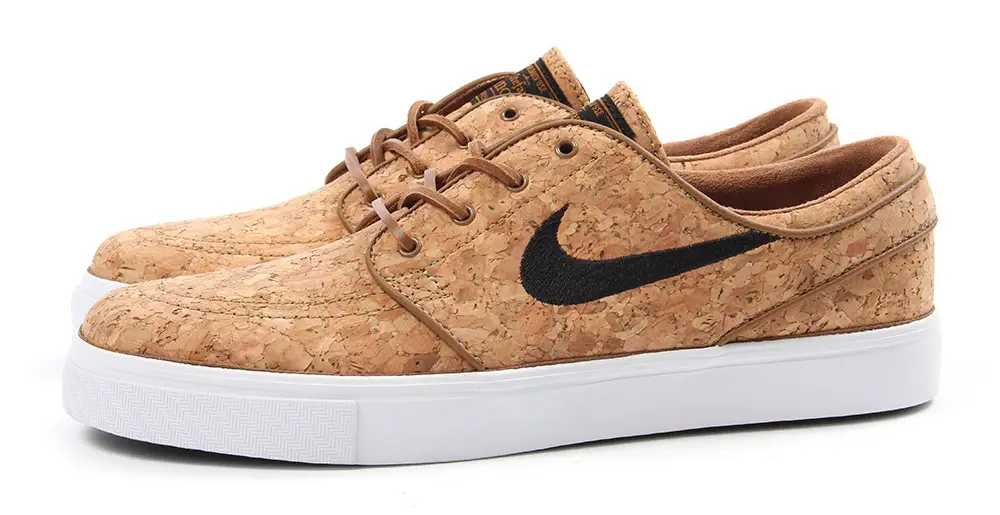




























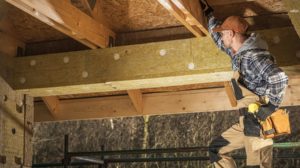





Very interesting, is it available in Romania? And where are these cork boards for insulation?
Good evening.
There are several companies and online shops selling thermal and sound insulation made of cork. They are easy to find by searching the net for "cork insulation".
All the best!